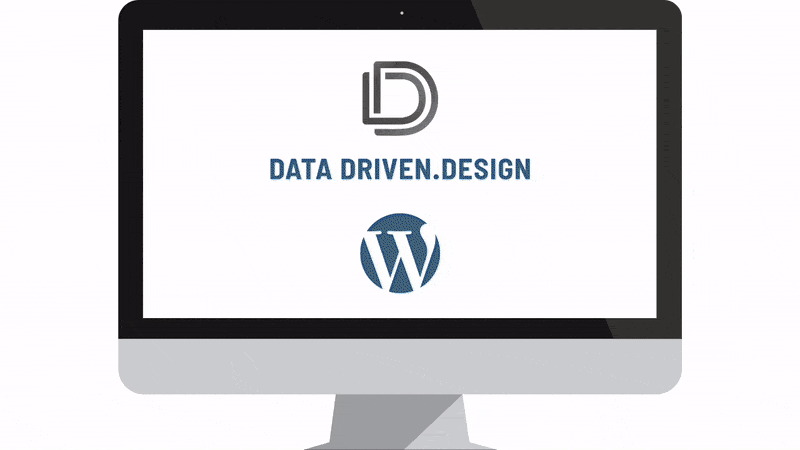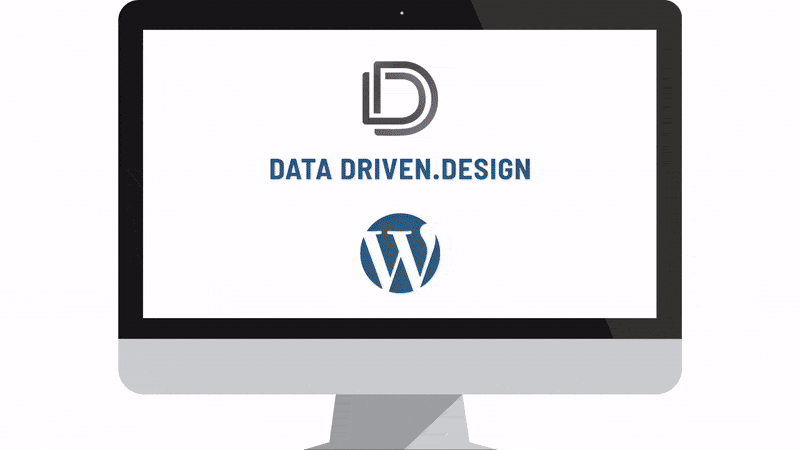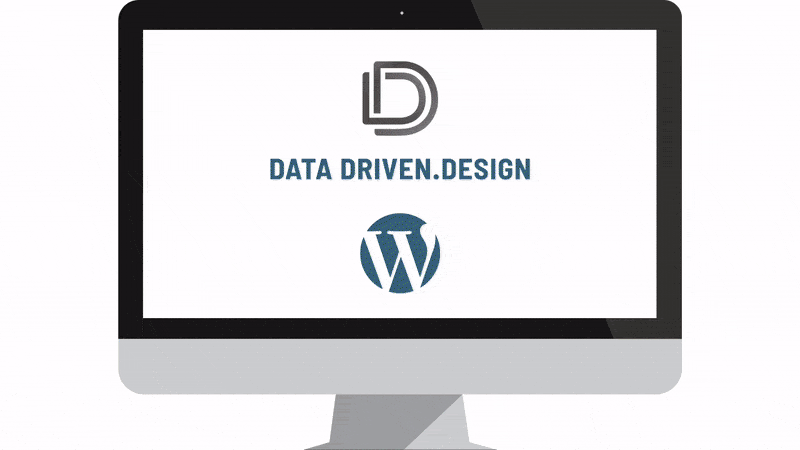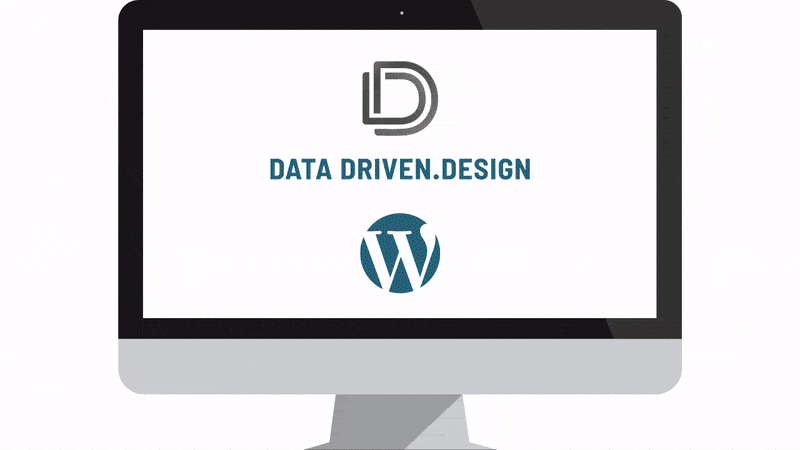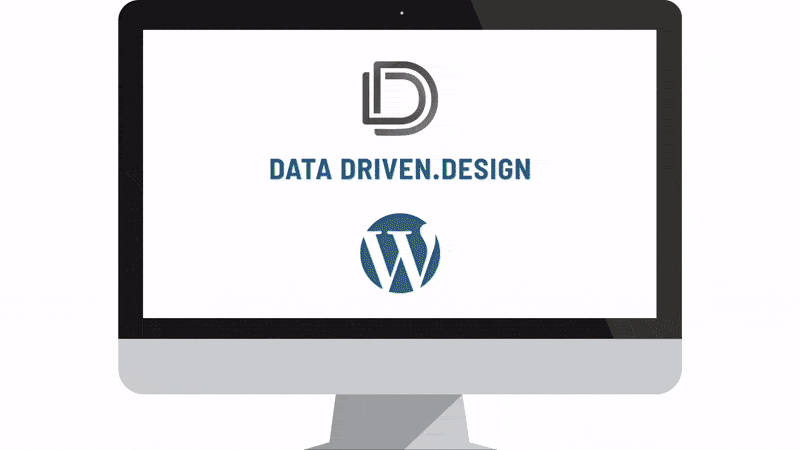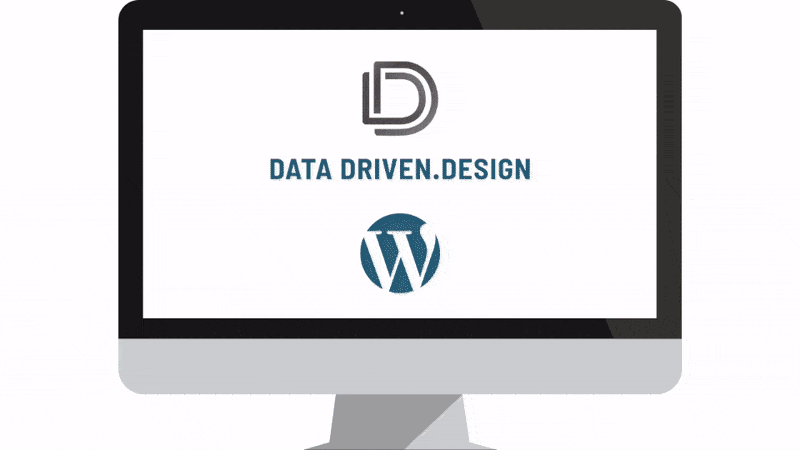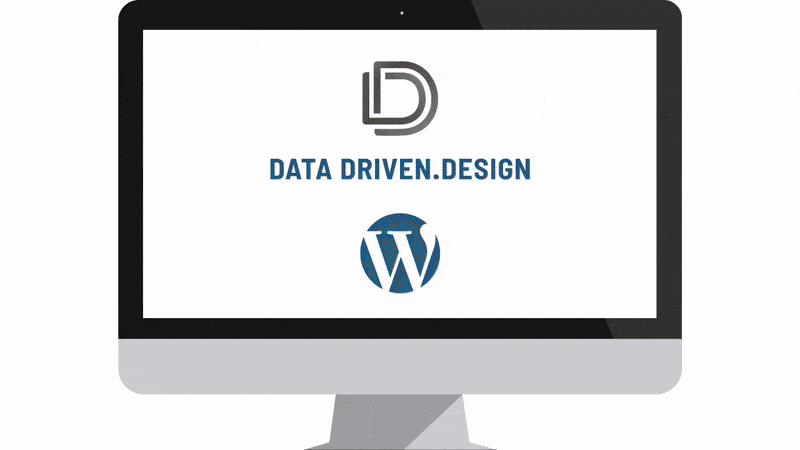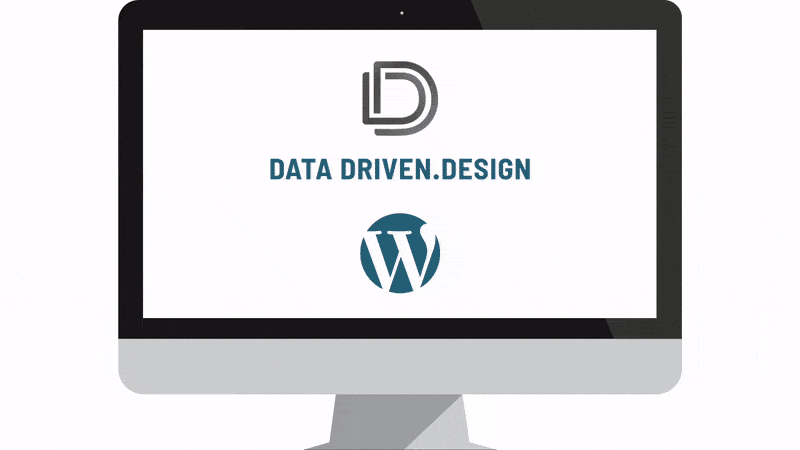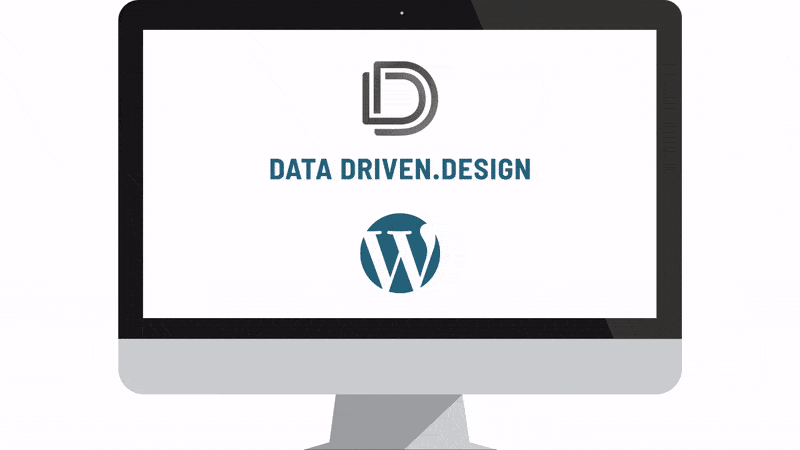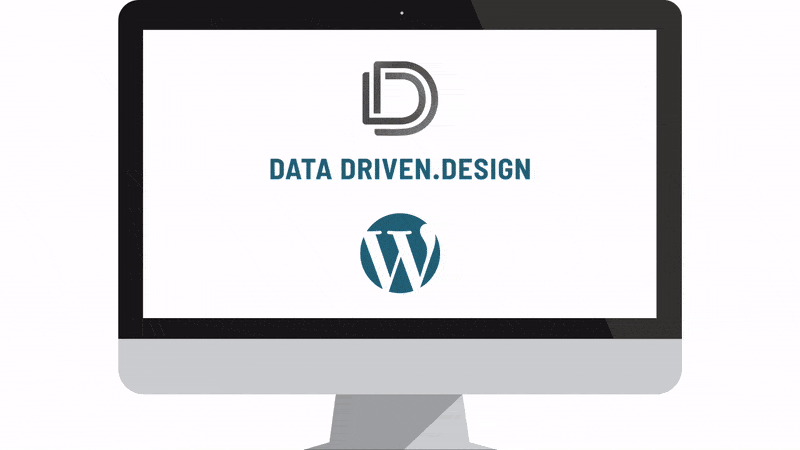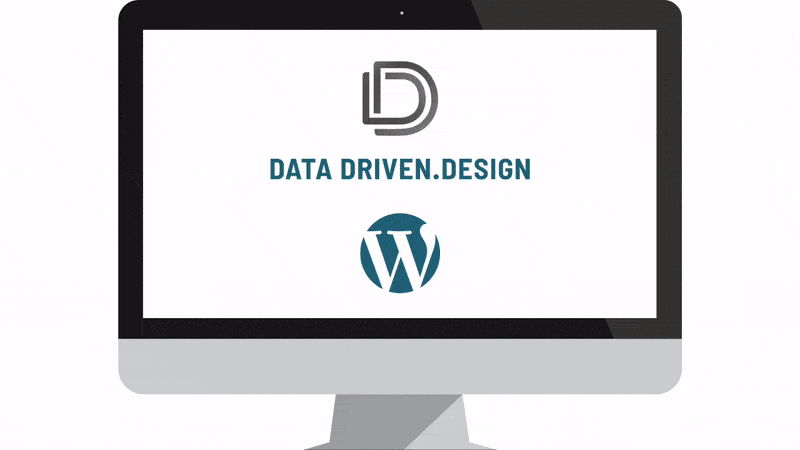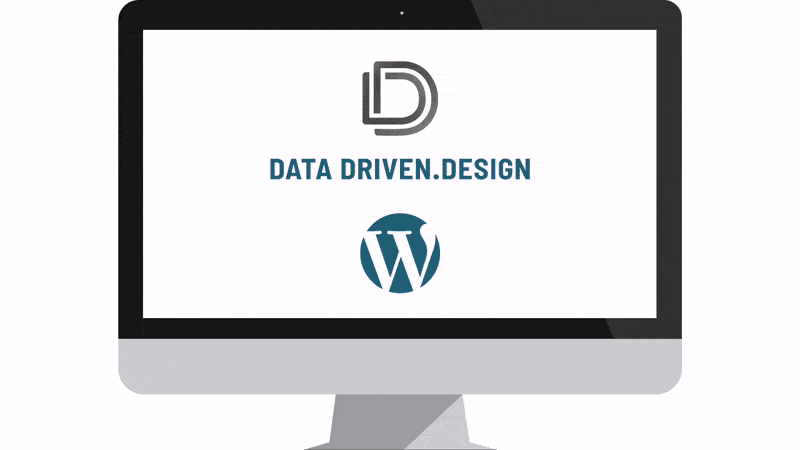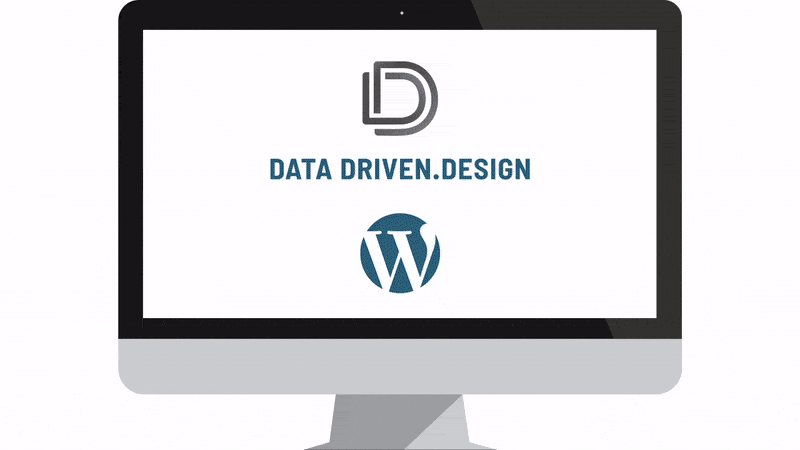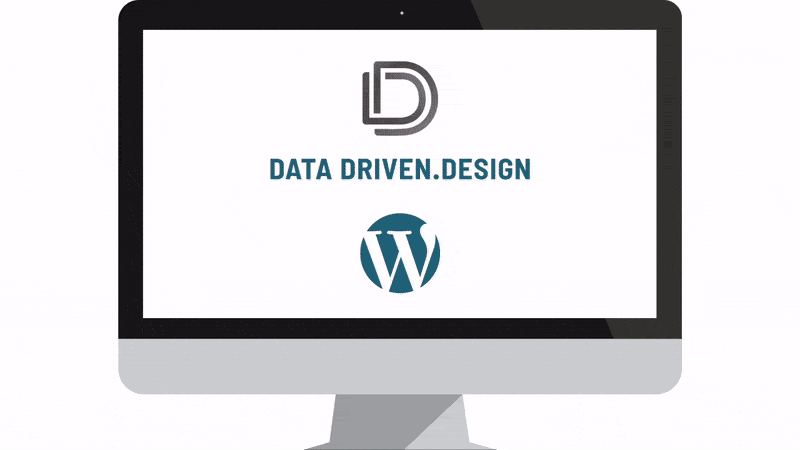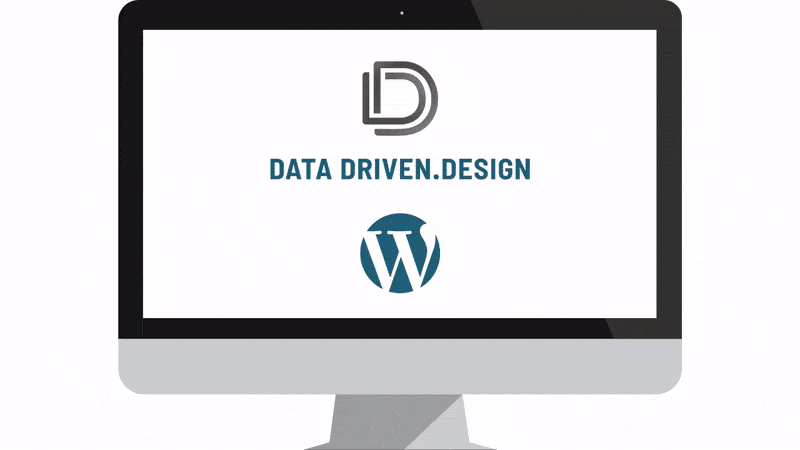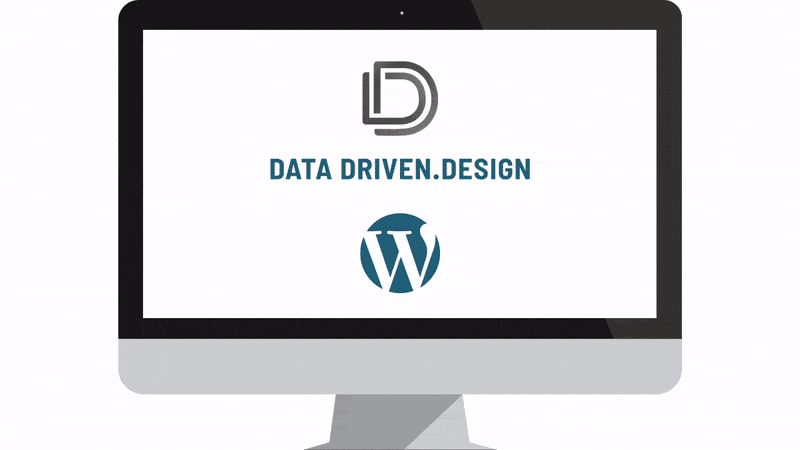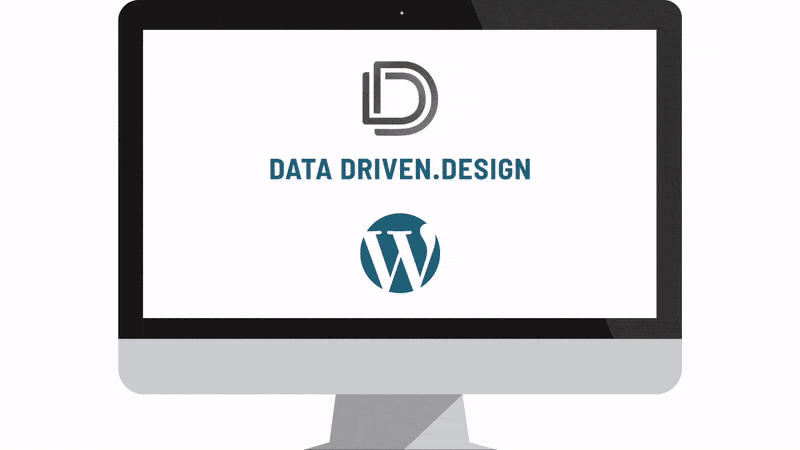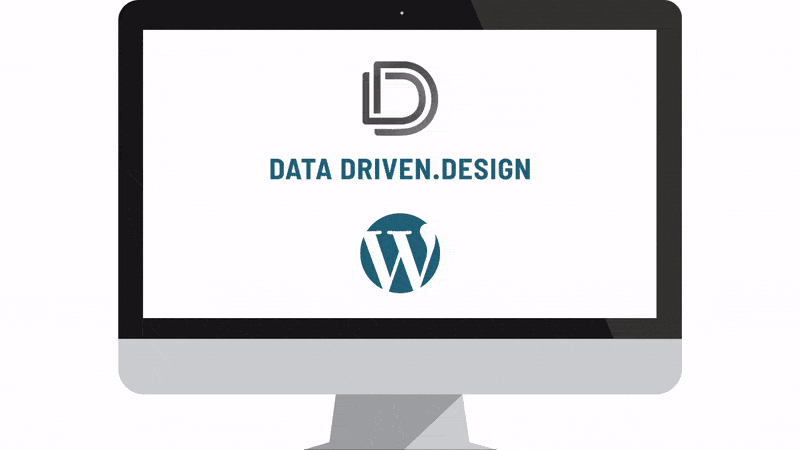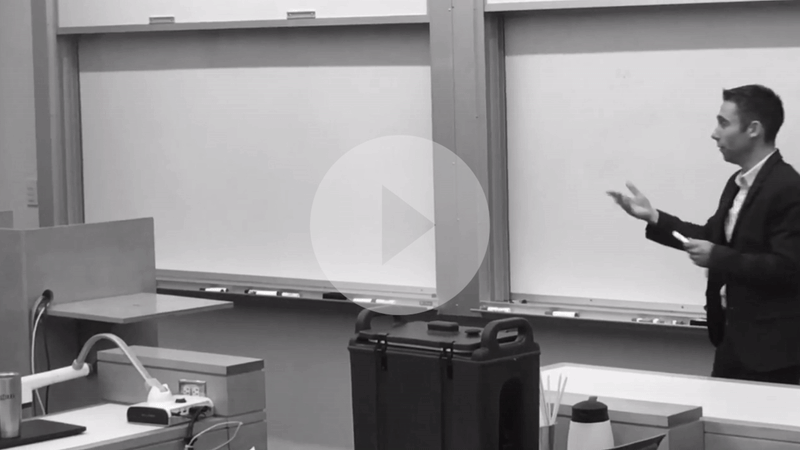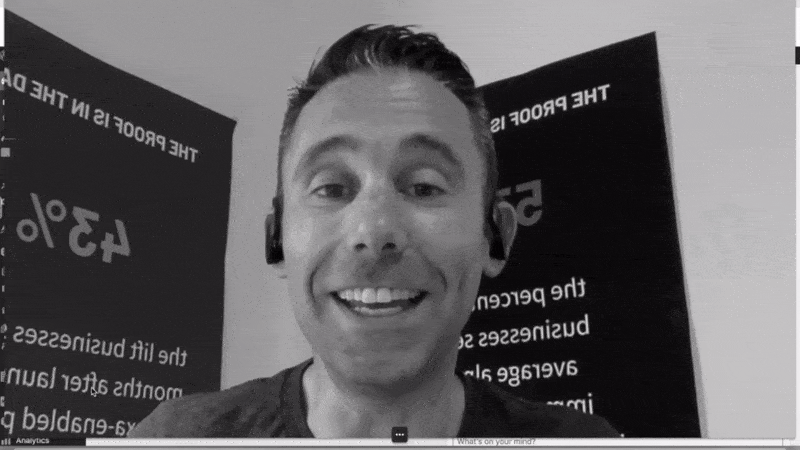How To Use Heatmapping: Why We're Adding Bio Pages
READ
Recently a colleague wrote me an email that read: "The data is really only useful if you know what to do with it, right?"
Very true. Which inspired me to write this blog post about heatmapping. Many of you have heard of it. A few more actually know what it is, but even less have used it or know how to use it to improve your web design and user experience.
To me, it's simple. Look where people are clicking and look where they're not.
Put more content where they are, and take away the content that they're not (clicking on).
Case in point, Data Driven Design clearly does not have an "Our Team" page or individual employee bio pages. A normal client would sit around and debate whether or not to build these pages.
A normal agency would do the same. The SEO strategist would talk about the benefits of doing it so that the site can have more page depth and opportunity to cast a wider net to Google.
The UX person and designer would cringe, disputing the point and wanting to implement some fancy UI design modal window or hover functionality that would look great on desktop, all the while the developer would be scratching their head talking about how that wouldn't work on mobile.
Meanwhile, we're just looking at what the data shows the users are doing. They're clicking on the damn photos and names expecting there to be a bio page damn it. Just look at the heatmap.

Boom. Decision made. We're building bio pages. Nobody's feelings are hurt.
So while it's true that the data is only useful if you know what to do with it, I'm here to tell you even that part isn't that hard. It's pretty much common sense. Do what the data tells you to do.
Thanks for reading and have a great day!
Paul Hickey has created and grown businesses via digital strategy and internet marketing for more than 10 years. His sweet spot is using analytics to design and build websites and grow the audience and revenue of businesses via SEO/Blogging, Google Adwords, Bing Ads, Facebook and Instagram Ads, Social Media Content Marketing and Email Marketing. The part that he’s most passionate about is quantifying next marketing actions based on real data.





